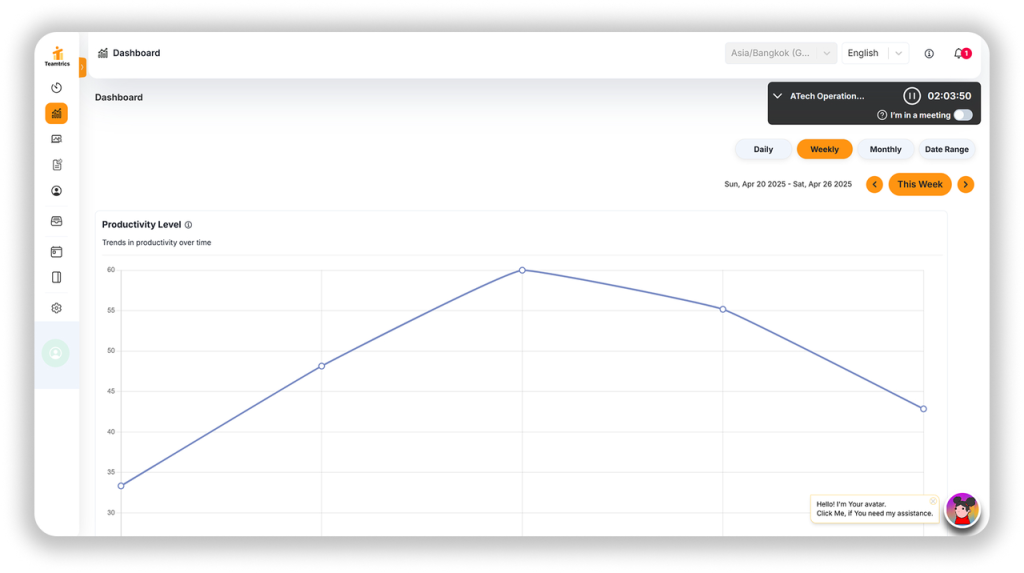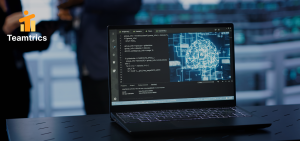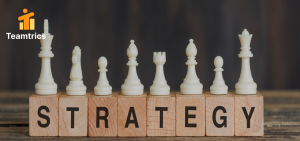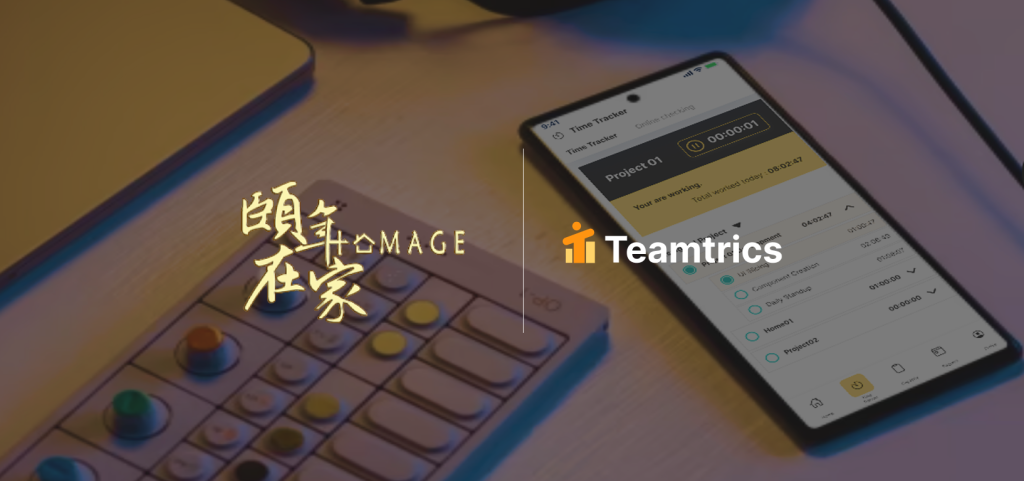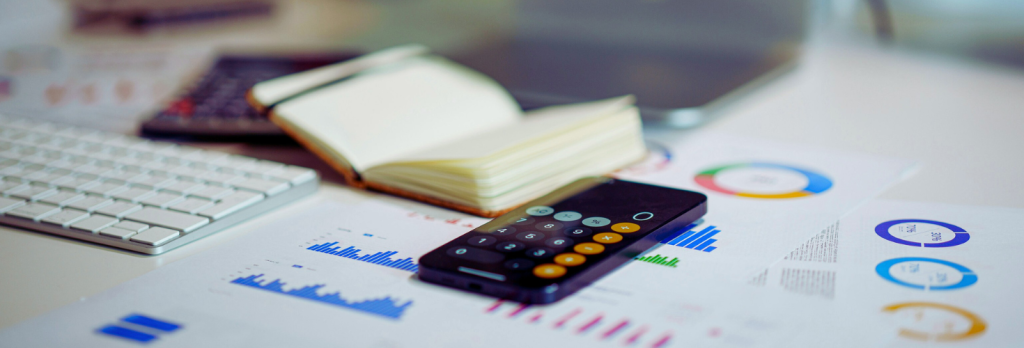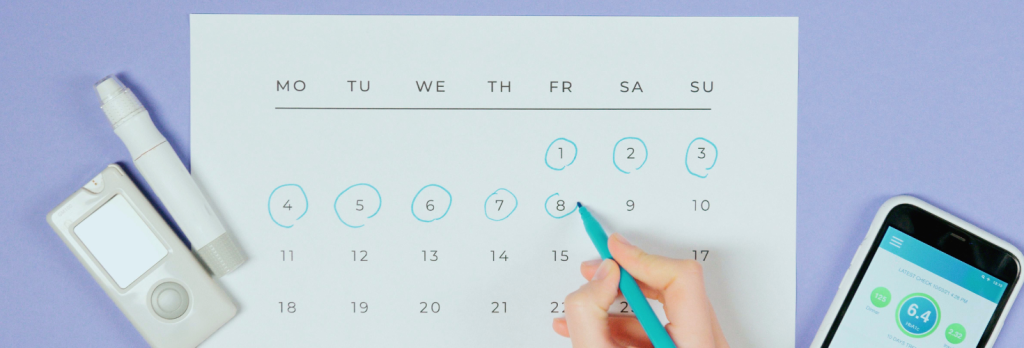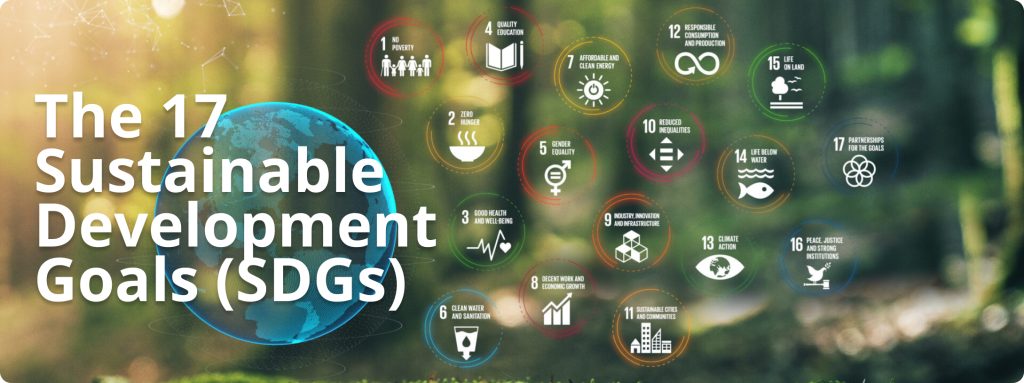Employee productivity is no longer just about hours worked. In 2025, with remote work, hybrid workplaces, and Work From Anywhere (WFA) models, leaders need smarter ways to measure sustainable performance. Learn how to calculate employee productivity using modern metrics, SaaS tools, project tracking software, CRM systems, and AI-driven analytics. Discover the top 5 methods to improve workplace efficiency and how industries can adapt to the future of work. Teamtrics transforms how modern teams operate by aligning employee wellness with performance through AI-powered insights and gamified engagement. Revolutionize productivity with AI solutions your employees will love.
How to Calculate Employee Productivity in 2025
Employee productivity has always been a key business metric, but in 2025 it has taken on a new dimension. With hybrid work, WFA policies, and digital transformation reshaping the workplace, companies need more than traditional output divided by input formulas. The future of work requires integrating project tracking software, SaaS tools, CRM systems, and team collaboration workflows to measure performance effectively. AI-powered analytics platforms like Teamtrics go beyond numbers, enabling leaders to balance organizational goals with employee wellness. The result is sustainable productivity, reduced burnout, and a more resilient workforce in today’s fast-changing environment.

Why Is It Important to Calculate Employee Productivity in 2025?
In today’s digital-first economy, productivity defines growth, competitiveness, and employee satisfaction. Companies cannot rely solely on manual evaluations or traditional time-based formulas. With the rise of remote work and flexible models, leaders need accurate insights to ensure fair reviews, optimize workloads, and maintain engagement. By adopting AI analytics, businesses not only measure productivity but also uncover patterns that impact well-being and performance, making productivity measurement a critical factor in sustainable growth.
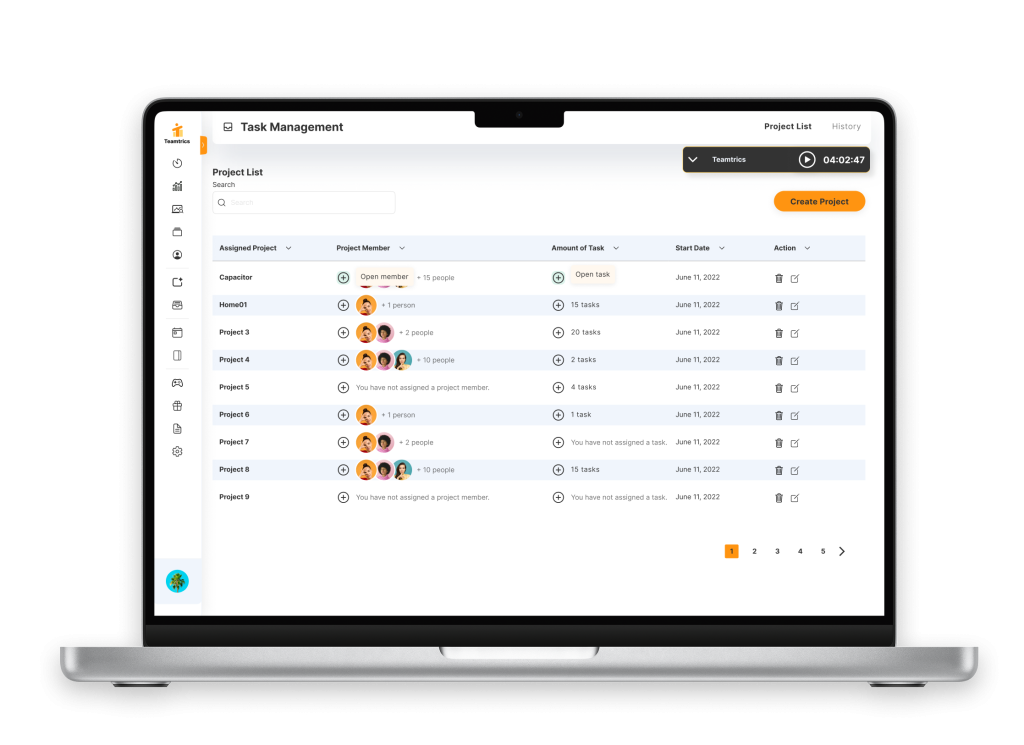
Discover how wellness drives performance. Try Teamtrics free.
What Is Employee Productivity?
Employee productivity refers to the efficiency of work delivered compared to the resources used, such as time, tools, and effort. Traditionally, productivity has been measured using formulas like output divided by input. However, in 2025, this concept expands to include qualitative factors such as collaboration, creativity, and wellness. Businesses now recognize that true productivity means achieving high performance without compromising employee health, especially in remote and hybrid settings.
Top 5 Metrics for Calculating Employee Productivity in 2025
Output Quality and Quantity
While output has always been the core of productivity measurement, in 2025 quality matters as much as quantity. Deliverables are evaluated not just by completion rates but also by accuracy, customer satisfaction, and long-term value creation. Leaders must adopt tools that highlight both the volume of work completed and its overall impact on business goals, ensuring balanced measurement beyond simple task completion.
Employee Engagement Levels
Engagement directly affects productivity. High engagement indicates motivated employees who contribute effectively, while low engagement signals risks of burnout or disengagement. Using AI-powered platforms, managers can track engagement trends through wellness signals, participation in collaboration, and proactive contributions. These insights provide a clearer understanding of team productivity beyond visible work output.
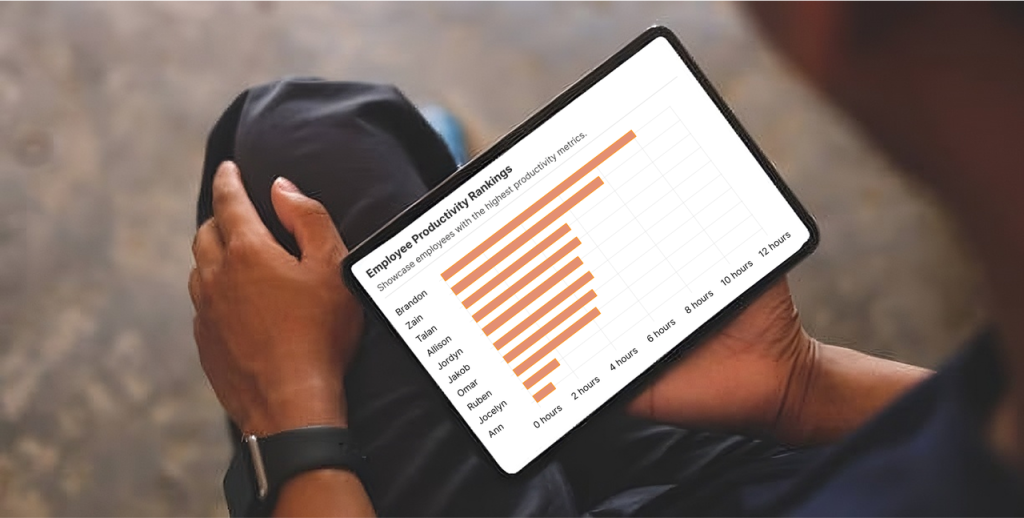
Capacity Utilization
Capacity utilization measures how effectively an employee’s workload aligns with their capability. Overloaded employees face burnout, while underutilized staff experience disengagement. AI-driven analytics allow leaders to visualize workload balance, ensuring fairness and maximizing team efficiency. This metric is crucial in hybrid environments where traditional observation is limited.
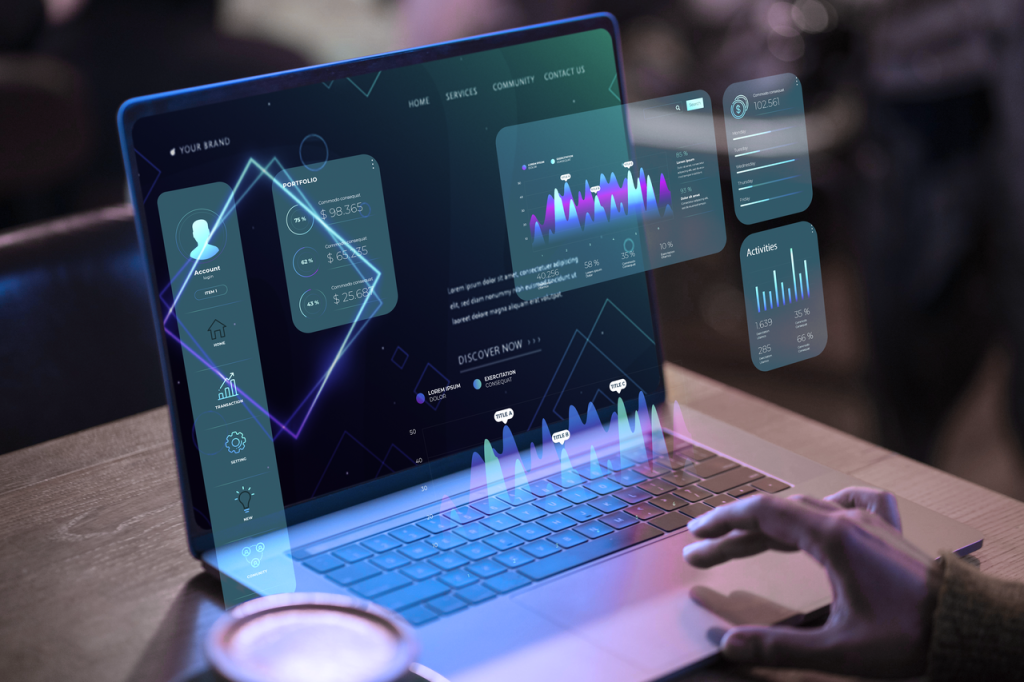
Collaboration Effectiveness
Collaboration is a vital metric in 2025, especially in remote and hybrid teams. Effective collaboration ensures that teams communicate, share updates, and achieve collective goals without unnecessary friction. Metrics like meeting efficiency, task dependencies, and shared outputs help managers identify bottlenecks and improve workflow.

Innovation and Problem-Solving Rate
In modern industries, innovation contributes as much to productivity as output. Tracking the rate of new ideas, problem resolution speed, and adaptability highlights how teams contribute to long-term growth. Productivity is not only about efficiency but also about resilience and creativity in solving challenges.
Best 5 Ways to Calculate Employee Productivity in 2025
AI-Driven Analytics Platforms
AI analytics platforms provide real-time insights into employee performance and wellness. Unlike project management tools, they capture behavioral trends, engagement signals, and workload balance. This empowers managers to make data-backed decisions while respecting employee privacy and promoting fairness.
Transform your performance reviews with AI insights.
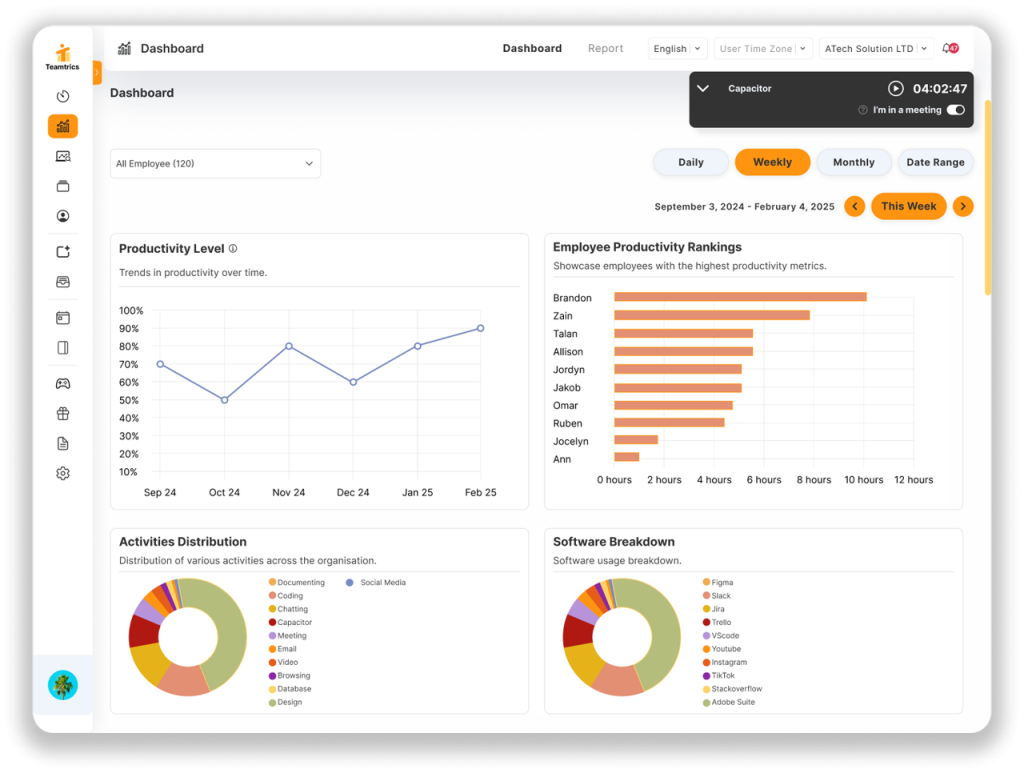
Balanced Scorecards
A balanced scorecard combines financial, customer, process, and employee-focused metrics to deliver a holistic view of productivity. It prevents reliance on single metrics and ensures organizations measure what truly matters.
OKRs and KPIs
Objectives and Key Results (OKRs) and Key Performance Indicators (KPIs) help align individual performance with organizational goals. In 2025, these must include wellness indicators to ensure sustainability.
Feedback and 360 Reviews
Continuous feedback loops and peer reviews highlight qualitative productivity insights that numbers alone cannot capture. Regular input fosters transparency and fairness in evaluation.
Industry-Specific Benchmarks
Every industry has unique productivity benchmarks. From healthcare to IT BPO, comparing employee performance with industry standards provides a realistic view of efficiency.
How to Measure Employee Productivity in Different Industries in 2025
Different industries demand tailored productivity approaches. For example, call centers focus on resolution rates, IT teams measure sprint outputs, and retail emphasizes customer satisfaction. In 2025, AI platforms like Teamtrics help organizations customize their productivity measurement to align with industry standards while promoting wellness, engagement, and sustainable growth.
Make Your Workday More Productive
True productivity is about balance, not just output. By leveraging AI analytics, wellness insights, and smart workflows, teams can achieve better results without burning out. Platforms like Teamtrics support both employees and leaders by aligning wellness with performance, turning every workday into a more fulfilling and effective experience.

Summary
Employee productivity in 2025 goes beyond traditional measurement formulas. With the rise of remote work, hybrid models, and WFA policies, businesses need smarter ways to evaluate performance. Key metrics such as quality of output, engagement, capacity utilization, collaboration, and innovation define true productivity today. Modern solutions like AI analytics platforms enable organizations to measure performance fairly while safeguarding wellness and sustainability. Teamtrics redefines productivity by combining AI insights, gamified engagement, and ethical workforce management. By doing so, it transforms productivity measurement into a strategic advantage for companies, ensuring both business growth and employee satisfaction in the future of work. (image alt text: AI productivity tools powering hybrid workforce)
FAQ
- How do you calculate employee productivity in 2025?
Employee productivity is calculated by combining output metrics with modern factors like engagement, collaboration, and capacity balance. Instead of focusing only on input and output, businesses now use AI-driven analytics platforms, OKRs, and industry benchmarks to ensure fairness and accuracy. This holistic approach ensures that productivity measurement supports both company goals and employee well-being. - What tools help measure productivity for remote and hybrid teams?
Remote and hybrid teams benefit from AI-powered analytics platforms that go beyond time tracking. Tools like Teamtrics provide real-time visibility into workload balance, engagement signals, and performance insights. These tools allow organizations to measure productivity fairly, reduce burnout, and maintain alignment in Work From Anywhere (WFA) models.


